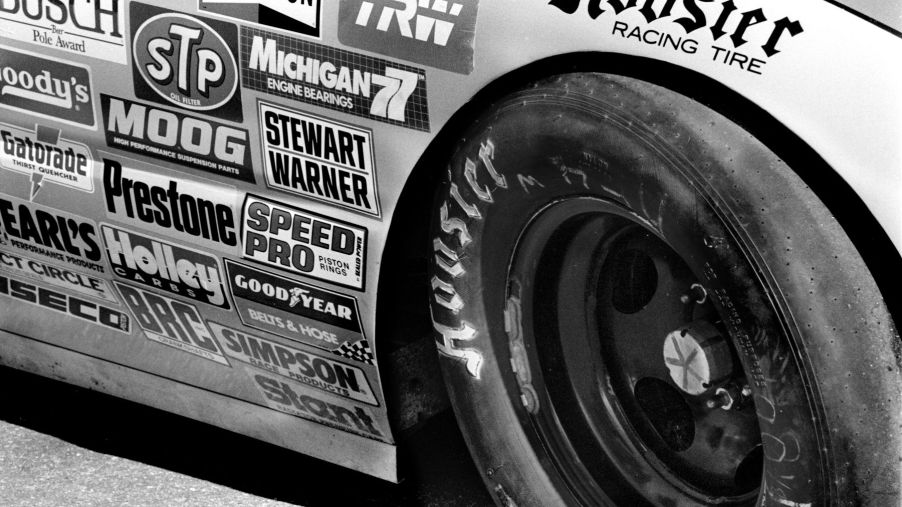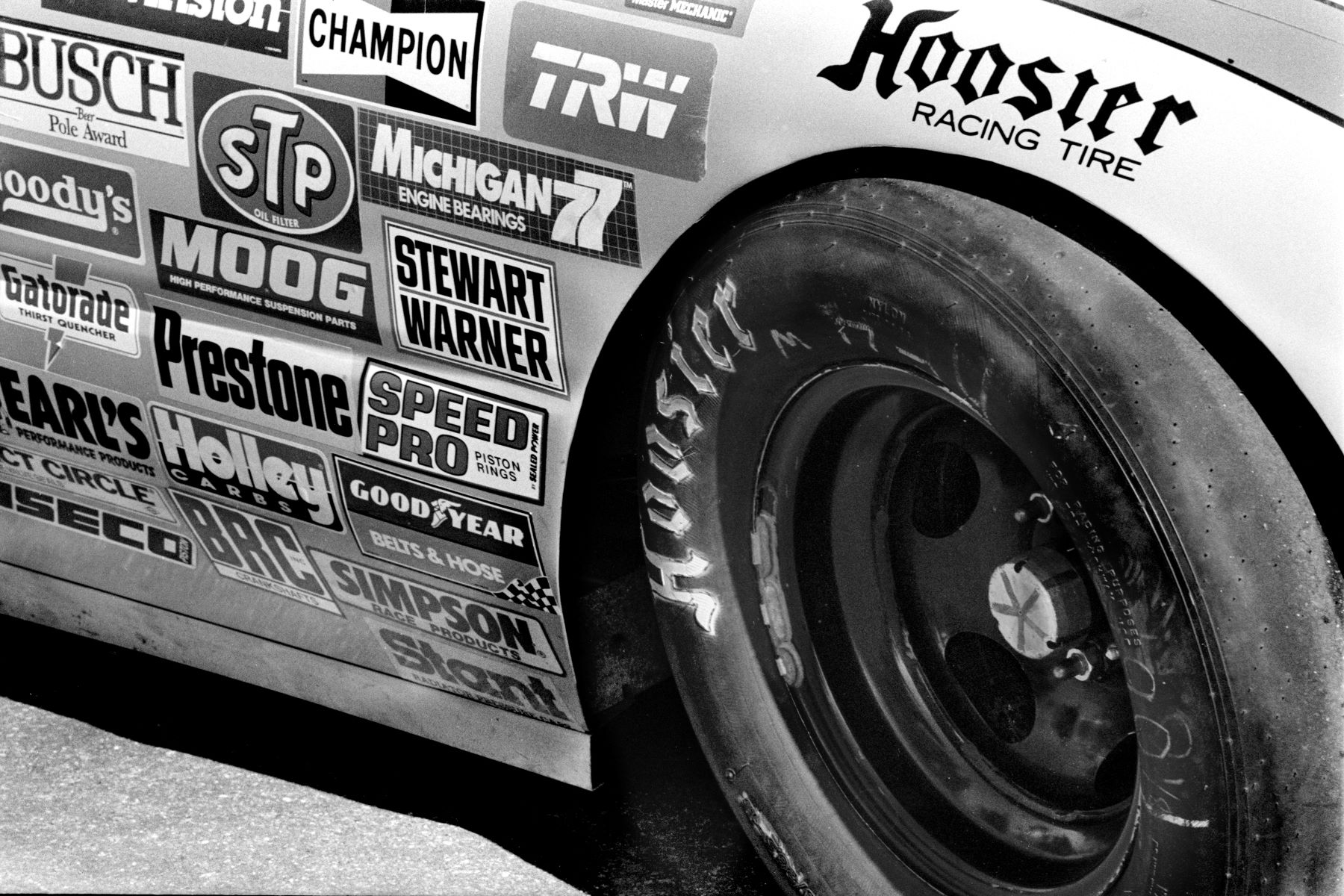
Why Did the White Oval Decals Start?
Decals are popular outdoor car accessories that can be transferred from one surface to another. In the U.S., decals are often used in different states to indicate the origin or destination of a different vehicle.
If you like traveling for road trips or vacations, you must have seen white ovals on sale in souvenir shops, gas stations, or restaurants. These white stickers with two or three bold black font capital letters are a popular way to showcase your family’s best travel destinations, including Martha’s Vineyard (MV), Outer Banks (OBX), Hilton Head Island (HHI) or Nantucket (ACK).
White oval decals explained
At the start of the 20th century, car number plates in various European countries were similar and confusing. As a result, there was a need for a solution to identify the country of registration for each vehicle. This is how the white oval car stickers with country codes came into existence.
As you speed up the highways, you’ll marvel at the many white ovals on the back of vehicles. As World Standards reports, the original white and black oval decals were developed in the 1940s by the United Nations to distinguish international traffic in European countries.
Today, ovals are not only used in vehicles but are present in different products, including company logos, beach resorts, and clothing.
The history of white oval decals

The Geneva Convention on Road Traffic of 1949 and the Vienna Convention on Road Traffic of 1968 gave birth to the oval decals. Resolutions in these conventions agreed each country should have a code on the rear of each vehicle to show its registration origin.
According to Erie Insurance, the United Nations introduced these decals in the 1940s. The primary purpose was to indicate the country of origin for vehicles traveling in Europe. For instance, if you saw a car with a white decal bearing the letter “D,” it would mean the car was from Germany.
In 1994, Earle F. Williams introduced similar decals for Vermont, which was his home state, and in no time, vacation destinations all over the U.S. adopted the practice, which remains a norm to date.
Although the white oval stickers are no longer mandatory in Europe, you may need them displayed on your vehicle if it lacks the country initials or euro symbol on your vehicle’s license plate. So, in Europe, the decals may be more than an accessory on your car.
Current status of white oval decals
White oval decals bearing international country codes are not very common in modern times. The main reason is that standard E.U. license plates with country codes are integrated into a blue strip on the number plate’s left side. Most white oval decals today instead indicate popular travel destinations across the U.S.
Many white oval decals feature one of the 50 United States with the state’s flag as the main background design. If you’re proud of your home state, you can showcase your state stickers on your vehicle to indicate your origin. You can also put stickers of every state you’ve lived or visited on your car.
In the U.S., state stickers/decals are also used for business purposes. For instance, white decals would be the best solution if you frequently ship items to different states and want to quickly label them according to their destinations. You can use these stickers for nearly everything, including customized options, car window decals, and bulk order discounts.
You can create oval decals for anything you can imagine. For instance, you can create iconic stickers with abbreviations for your laptops, bottles, bumpers, and car windows. The decals are made from high-quality vinyl material for durability and to withstand harsh weather conditions. Additionally, decals for car use go through an eco-solvent printing procedure.


